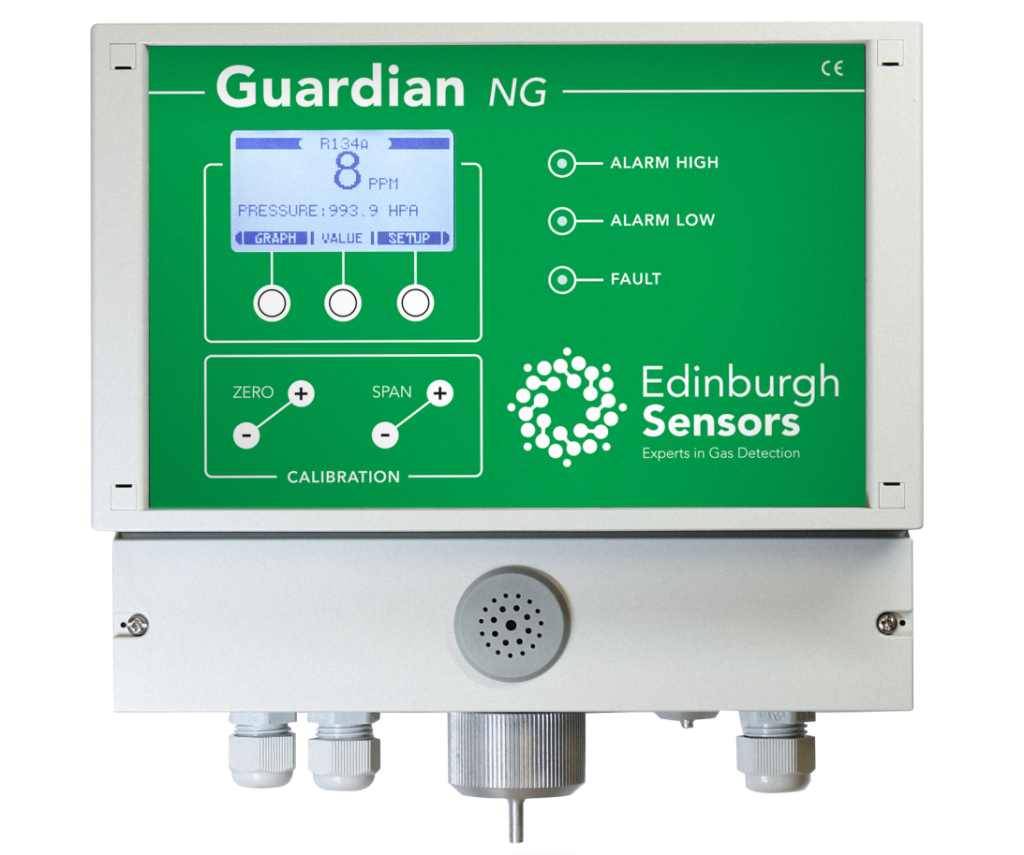We were delighted to see that a recent news article written by the BBC, discusses ways to reduce carbon dioxide in the atmosphere and features one of our customers, Climeworks.
The article follows on from recent scientific reports which claim that simply cutting emissions will not be enough, and that a focus needs to be put on storage solutions of carbon. The intergovernmental Panel on Climate Change has advised that if we are to keep global temperatures from rising more than 2°C, then the extraction of CO₂ from the air is essential.

The news report focuses on a recent assessment from the US National Academies of Sciences, Engineering, and Medicine which discusses the use of “Negative Emissions Technologies” or NETs. Unlike carbon that is extracted directly from sources of carbon dioxide, such as coal power plants, NETs remove carbon emissions from the atmosphere, and have been reported to be more cost-effective than simply reducing some emissions.
The assessment also highlights a recent tax rule passed by the US Congress, 45Q, which awards a $50 tax credit for every tonne of CO₂ that is captured and stored, and provides 5 cheap ways to reduce carbon dioxide in the atmosphere:
- Coastal Blue Carbon
- Planting Trees
- Forest Management
- Agricultural Practices
- Biomass Energy with Carbon Capture and Storage (BECCS)
Read the full BBC article on Ways to Reduce Carbon Dioxide in the Atmosphere
Other Ways to Reduce Gas in the Atmosphere
The report also discusses direct air capture of CO₂ , which is done by equipping machines with chemicals that are able to soak up carbon. Although the costs of this solution are still quite high, our customers, Climeworks in Switzerland, are proving this can be done.
Gas Monitoring Solutions for the Reduction of Atmospheric Gas
In order to meet their commitments to the Paris Climate Agreement, the countries who signed up will need to adopt more radical approaches to removing their CO₂ emissions from the atmosphere. Reducing consumption of fossil fuels may not be enough to meet the targets, so they will need to use additional methods of removing the CO₂ from the air.

An alternative technology has been developed by Climeworks, a customer of Edinburgh Sensors, to remove the CO₂ directly from the air. Climeworks is based in Zurich, Switzerland and they have a system for extracting the CO₂ directly from the air. The CO₂ can be used in industrial applications, or ideally, it can be pumped deep underground where it can be chemically trapped by the rocks for millions of years.
Ways to Reduce Carbon Dioxide in the Atmosphere with the Gascard NG

Our Gascard NG Infrared gas sensor, is the perfect solution for monitoring CO₂ that is extracted , and is used by Climeworks in their efforts to reduce carbon dioxide in the atmosphere.
The Gascard NG includes real-time temperature and atmospheric pressure correction via on-board sensors and has the flexibility to incorporate additional gas detection technologies. It has onboard true RS232 communications along with the option of TCP/IP communications protocol. Key features of this reliable gas detection system include:
- On-board barometric pressure correction in the range of 800mbar to 1150mbar
- Extensive temperature compensation
- Minimum operating voltage 7V and wide operating voltage range (7V to 30V)
- True RS232 communications for control and data logging. Optional on-board LAN support.
Environmental Gas Sensing Solutions
If you’re in need of gas sensing solutions, we have an excellent range of gas sensors to meet a variety of needs. For more information view our product range, or contact us at sales@edinst.com.
Stay in Touch
To keep up-to-date with the latest news and product information from Edinburgh Sensors why not sign-up to our infrequent newsletter via the sign-up button below, and follow us on social media.

